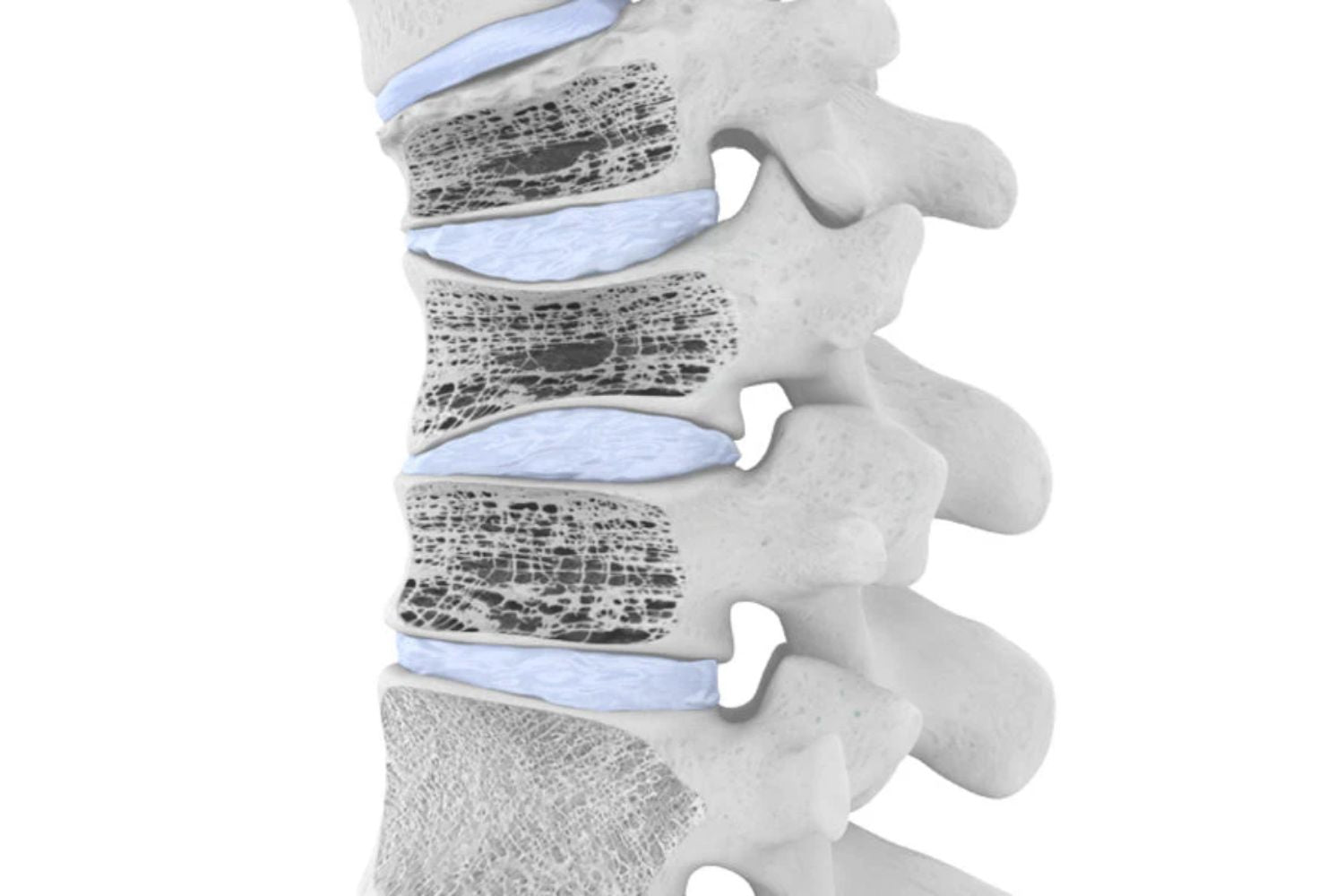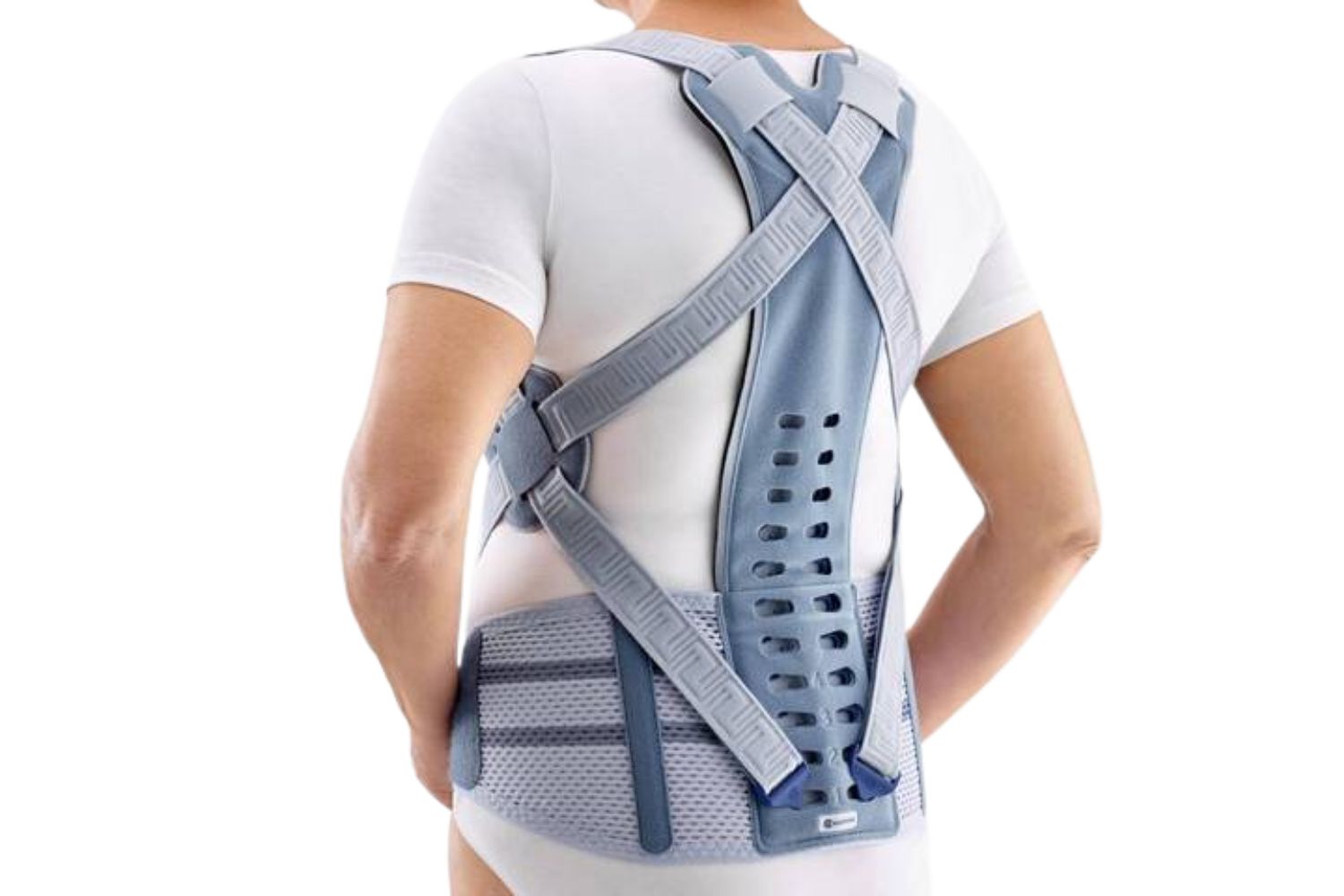
The spine is one of the first areas of the body to be affected by osteoporosis, and it can lead to intense pain and discomfort for patients. Their mobility is severely restricted, and even mild jer...

Osteoporosis is a disease of the skeletal system. Patients suffering from this condition typically have a substantial loss of bone density due to metabolic reasons. The condition disproportionately...

Some patients experience an excessive decrease in bone density and often develop porous bones, which are prone to fractures and injury. Doctors refer to this condition as Osteoporosis.













